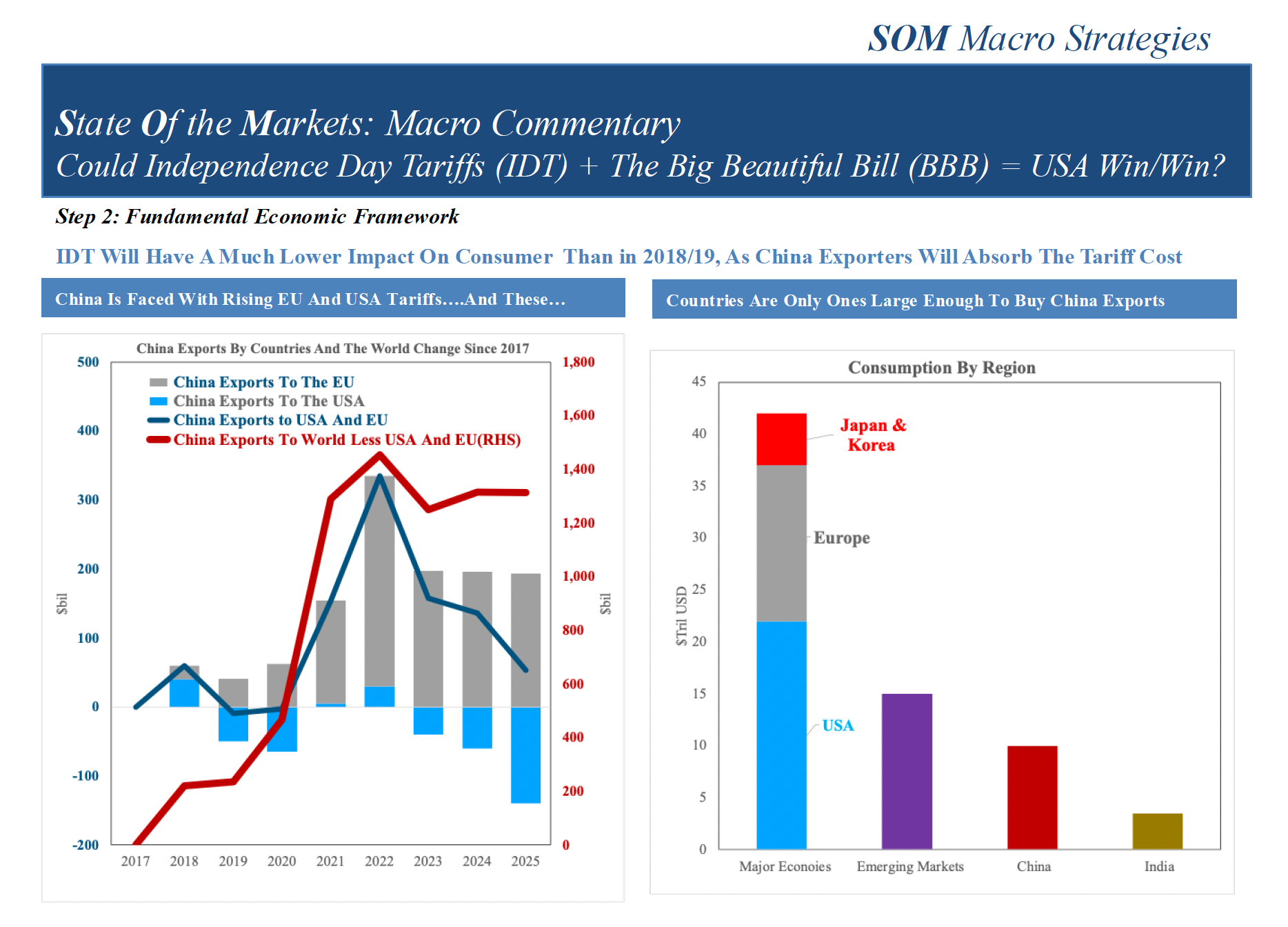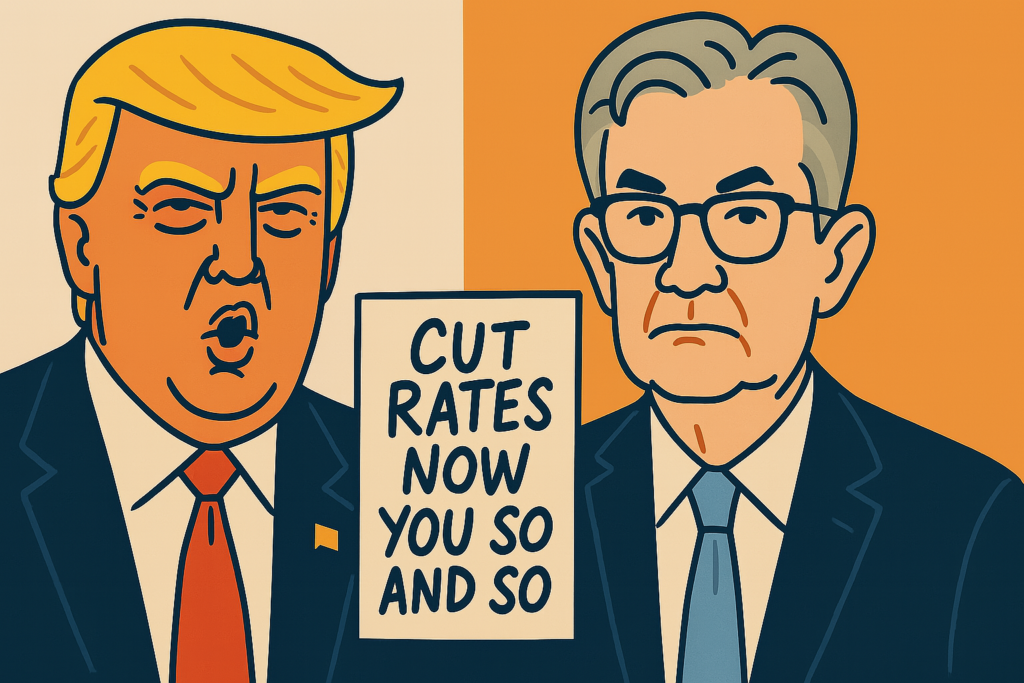Barring another dramatic twist in an already torturous two months of political upheaval, Joe Biden will find a very full in-tray when he settles into the famed Oval Office in eight days time. The two most pressing issues which he will need to resolve are arguably the Covid-19 pandemic and the associated impact on already tepid US economic growth.
The overall picture is one of less confident US consumers faced with a decline in personal disposable income having cut their spending on goods and services (see Figure 1). Corporates confronted with declining demand have slowed their hiring and in December shed labour while domestic investment growth has slowed to a trickle.
Despite the Dollar’s slide since May, the goods and services trade deficit hit an all-time high of $68.1bn in November as a result of a collapse in US exports, a clear stain on President Trump’s track record given his penchant for protectionist measures.
ISM manufacturing and non-manufacturing PMI data for December offer a glimmer of hope, with both having risen at their fastest rates since July. Nevertheless the rate of annualised, seasonally-adjusted quarter-on-quarter GDP growth in Q4 was likely significantly slower than the all-time high of 33.4% recorded in Q3 and potentially negligible, in our view.
This has not stopped US equity markets from rising to new-all time highs but these wealth gains have likely been very unevenly distributed.
Biden’s administration will face many challenges but also has a reasonably strong political platform from which to launch and fine-tune its policies. The Democratic Party has a majority in both houses of Congress (albeit by the slimmest margins in the Senate) and the US economy should in theory benefit from the recently approved $900bn stimulus package.
However, the near-term outlook for the US economy remains lacklustre in our view. The fiscal stimulus package is a fraction of the $2.2trn (10.6% of GDP) CARES Act which came into effect in late-March and the US cannot escape weak global growth. Finally, tougher social distancing measures would likely weigh on US economic growth.
President Biden faced with pressing matters of Covid-19 pandemic and slowing US growth
Much has been written about the tragic events which unfolded in the Capitol last week and historians and political and constitutional experts will undoubtedly have much more to say in months and years ahead. The odds of Donald Trump’s presidency ending in a bang rather than a whimper were always high and what Trump will do for the next four years remains a riddle wrapped in a mystery inside an enigma (to paraphrase Sir Winston Churchill). However, barring another dramatic twist in an already torturous two months of political upheaval, Joe Biden will officially be sworn in as the 46th President of the United States and move into the White House on 20th January (with President Trump having said he would not attend the swearing in ceremony).
Biden will find a very full in-tray when he settles into the famed Oval Office in eight days time. Unifying a bitterly torn country is a multi-year project and he could do worse than to look at the United Kingdom which remains deeply divided four and a half years after the British electorate voted to leave the European Union. Rebuilding relations with the United States’ key trading partners, including Canada and Mexico, may take less time but is unlikely to happen overnight while moulding a new relationship with China will be fraught with challenges.
However, the two most pressing issues which Biden will need to resolve are arguably the Covid-19 pandemic and the associated impact on already tepid US economic growth. Trump’s disjointed, back-of-the-envelope approach to dealing with the virus which has often sidelined medical experts has arguably contributed to 376,000 Covid-19 related deaths – a number which continues to rise by over 2,000 a day. Moreover, despite the US never going into lockdown at a national level the rate of growth in economic activity has slowed sharply in Q4, as seen in Figure 1.
The overall picture which emerges is one of less confident consumers faced with a decline in personal disposable income having cut their spending on goods and services. Corporates confronted with declining demand have slowed their hiring and in December shed labour (for the first time since April) while domestic investment growth (as proxied by new orders for non-defence capital goods excluding aircrafts) has slowed to a trickle. Manufacturing output, which accounts for about 11% of GDP, rose only 2% in September-November and was still down 3.7% yoy in November. Retail sales and industrial output figures for December are due out 15th January.
The goods and services trade deficit (seasonally-adjusted) hit an all-time high of $68.1bn in November as a result of a collapse in US exports (see Figure 2). Notably the Dollar’s slide since mid-May has done nothing to arrest the widening of the trade deficit, suggesting that the US is struggling to compete internationally despite its gain in currency competitiveness. This is a clear stain on President Trump’s track record given his view that a weaker Dollar would help him deliver his electoral pledge to redress the trade imbalances between the United States and its main trading partners, including China.
Institute of Supply Management (ISM) data for December offer a glimmer of hope, with both the manufacturing and non-manufacturing Purchasing Managers Indices (PMI) having risen at their fastest rates since July. These timely indicators suggest that economic activity in the manufacturing sector and the critical service sector picked up in December[1]. Figure 3 points to a positive, historical correlation between our measure of the “composite” ISM PMI (an 86.5-13.5 weighted average of the non-manufacturing and manufacturing PMIs) and year-on-year GDP growth although Q2 and Q3 2020 are clear outliers (GDP growth was far weaker than implied by the composite PMI).
If, and it remains a big if, this historical relationship re-established itself in Q4 2020 the average composite PMI of 56.9 suggests that year-on-year GDP growth may have been modestly positive in Q4 (about 2.5% based on the regression in Figure 3). Nevertheless the rate of annualised, seasonally-adjusted quarter-on-quarter GDP growth in Q4 was likely significantly slower than the all-time high of 33.4% recorded in Q3 and potentially negligible, in our view.
This has not stopped US equity markets from rising to new-all time highs (see Figure 1). Cheap money and the lack of opportunities for households to spend and corporates to invest have arguably contributed to the metronomic rise in US equity indices. However, the gains which have accrued have most likely been unevenly spread across US society (a recent Federal Reserve study estimates that 10% of the wealthiest US households by net wealth owned about 87% of stocks held by US households at end-Q1 2020).
Biden’s (modest) political and fiscal trump cards may not prove sufficient near-term
There is little doubt that Biden’s administration will face many challenges but it also has a reasonably strong political platform from which to launch and fine-tune its policies.
The Democratic Party has an 11 -seat majority in the 435-seat House of Representatives, albeit a narrower one following the 3rd November Congressional elections (the Democrats have 222 seats, the Republicans 211 while two seats remain vacant). Moreover the Democratic Party has regained control of the Senate, the upper house of Congress, albeit by the slenderest of margins. Following the 5th January run-off for the two seats in Georgia, both won by the Democratic candidates, both parties now have 50 seats each in the Senate with Vice-President Kamala Harris having the casting vote.
Aside from the political landscape, the US economy, households (and Biden’s standing) should in theory benefit from a substantial fiscal injection as Congress approved on 21st December and President Trump signed into law on 27th December:
- A $1.4trn spending bill to avoid a shutdown of government; and
- A stimulus package of nearly $900bn (4.3% of GDP). The economic relief package, the second largest in American history, includes i) nearly $300bn in small business relief, ii) a new round of direct payments of up to $600 for US taxpayers and their dependent children[2], and iii) a $300 per-week top-up in unemployment insurance until mid-March 2021, among dozens of other provisions. Some of these payments to US households have reportedly already started.
Moreover, the House of Representatives approved on 28th December 2020 the “Caring for Americans with Supplemental Help Act of 2020” (CASH Act of 2020) which increases the payment to eligible US tax payers from $600 to $2,000 and would reportedly require an extra $385bn in funding. The Democrats’ slender majority in the Senate could prove critical when the upper house reconvenes to vote on the bill (Senate would need to approve the CASH Act with a simple majority).
However, the near-term outlook for US economic growth remains lacklustre in our view.
For starters the recently passed second fiscal stimulus package is a fraction of the $2.2trn (10.6% of GDP) Coronavirus Aid, Relief and Economic Security (CARES) Act which Trumped signed into law on 27th March 2020. Moreover, while the US is a relatively closed developed economy (compared to its European peers for example), it cannot escape weak global growth. Finally, and perhaps most importantly, we think the risk is clearly titled towards Biden introducing far tougher social distancing measures (than Trump did) in a bid to arrest the climb in the number of Covid-19 cases and deaths. If correct, the experience of Europe suggests that growth in US household consumption, corporate investment and ultimately headline GDP could face material headwinds.
[1] The ISM non-manufacturing PMI includes the service sector (by far the largest component), retail and wholesale trade, utilities and agriculture, forestry, fishing, and hunting.
[2] Single people earning up to $75,000 and their dependent children (under the age of 17) will receive a cheque of $600, while married couples earning up to $150,000 will receive $1,200. For single people, the payment will be reduced by $5 for every $100 of income earned above the $75,000 threshold. Single people earning over $87,000 or married couples earning more than $174,000 will not receive any payments.










